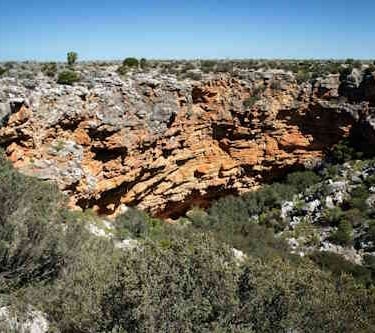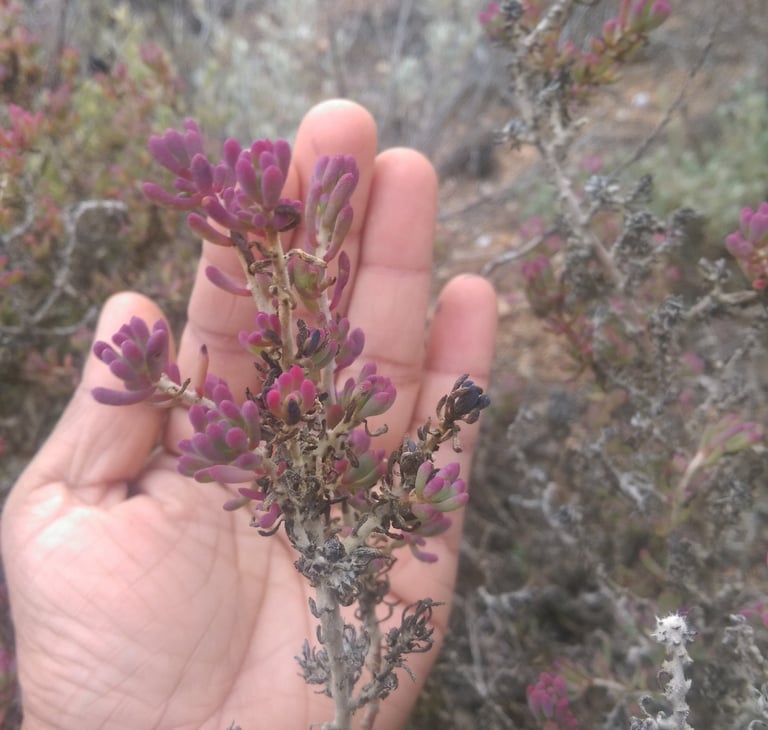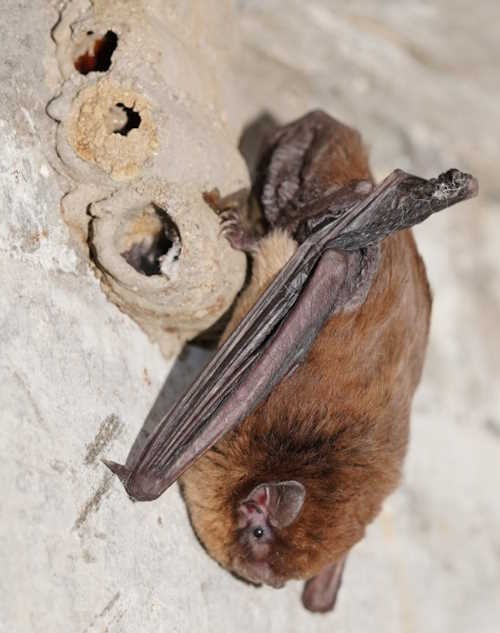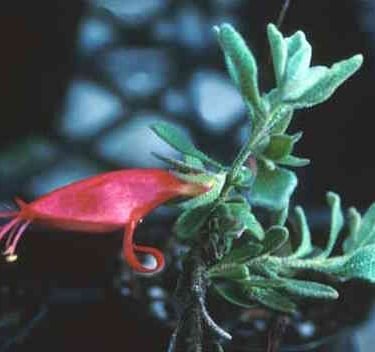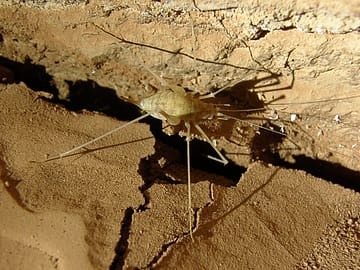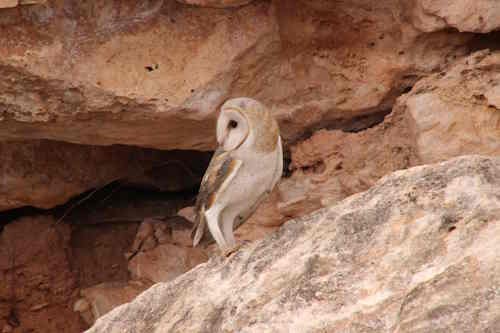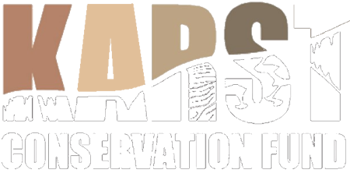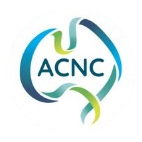Rivers flow through a vast network of interconnected passages beneath the plain
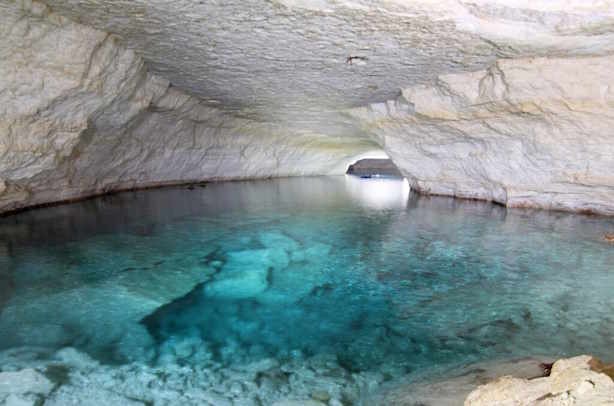

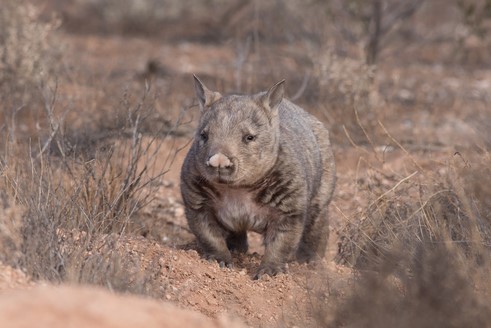

The Australian Government’s National Environmental Science Arid Zone Monitoring project found Southern hairy-nosed wombat distribution only along the southern edge of the Nullarbor across 15000 sites covering its previous range. Southern Hairy Nosed Wombats were detected at less than 1% of all survey sites. They were detected only 25 times. Monitoring continues.
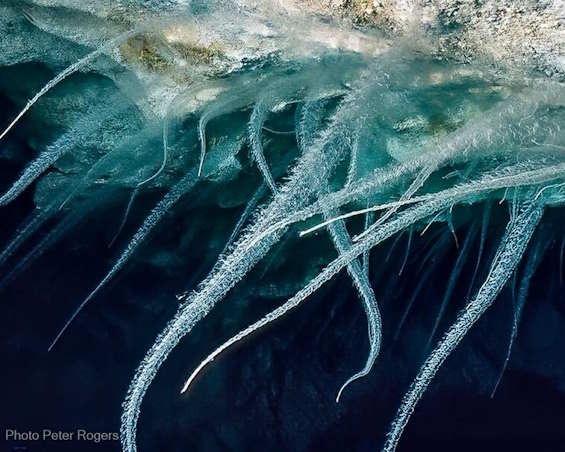

* Source: ACKMA Proceedings #14, 2001. Challenges in conservation of the microbial mantles in Nullarbor Caves Annalisa Contos, Julia James, Peter Rogers and Phil Prust


Speleothems, for example, stalagmites and stalactites are formed from the reaction of rainwater percolating through and dissolving the limestone.
When scientists cut through speleothems, they see layers. The thickness of these depositional layers are isotopic records and can be used to determine our past climate conditions.
The crystals we see in Nullarbor caves, have recorded wetter climates going back to the Pliocene, 5.3 to 2.6 million years ago. Nature.com
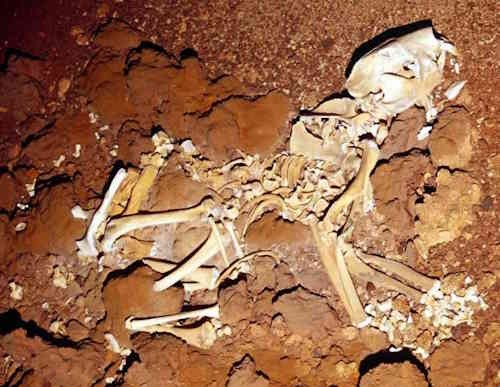

Fossil records from the Pleistocene (2.6 million to 11,700 years ago) litter many caves, including for example, complete skeletons of Thylacoleo Carnifex, and tree climbing kangaroos.
Microbial mantles (also know as the fungus or snotites) are found in the water filled passages of Olwolgin, Winburra, Warbla, Weebubbie, Murra-El-Elevyn, Pannikin Plains, Cocklebiddy, and other cave lakes on the plain. These mantles comprise sheets or tongues of mucoid material.
"The communities appear to be chemoautotrophic. The energy source for the community appears to be based on the oxidation of nitrite to nitrate rather than on photosynthetic products. Chemoautotrophic systems are rare but not unheard of, including deep sea vents and sulfur based cave systems such as Moville Cave Romania and Cueva de Villa Luz Mexico ." Contos et al. 2001*
These amazing and extremely fragile communities are currently under threat from disturbance by cave divers and the introduction of foreign bacteria.
The threatened Southern Hairy Nosed Wombat calls the Nullarbor home.
Microbial Mantles - unique life forms
Records of climate all the way back to the beginning
Fossil records of our recent and ancient fauna
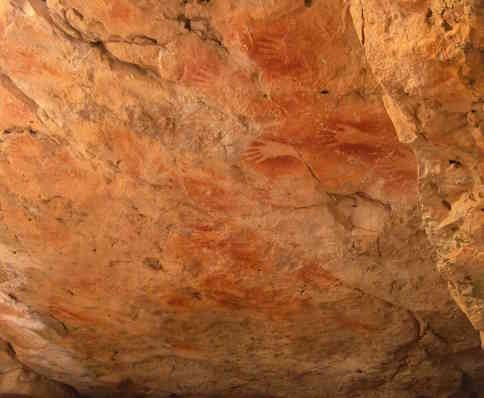

The Mirning people occupied the Plain and traded with surrounding groups. They travelled across the Plain using waterholes on the limestone pavements in good seasons and quarried flint from layers in the deeper caves for use as scrapers. Several caves have occupation evidence (e.g. Koonalda Cave) extending for tens of thousands of years.
Indigenous History and Dreaming
Beneath the surface, the karst is made up of caverns, rivers and lakes all throughout the limestone, carved out over millions of years
Karst systems work as integrated landscapes, where disturbance of the surface affects many aspects of the whole system.
Eleven of these 600 recorded plant species are threatened such as the endemic Nullarbor emu bush.
Unique animals such as the newly discovered endemic spider,Troglodiplura Mygalomorphae Anamidae Nullarbor caves, (Weebubbie) provide refuge and maternity sites for the Chocolate Wattle Bat, Chalinolobus morio.
The caves and blowholes provide roosting sites for kestrels and masked owls.
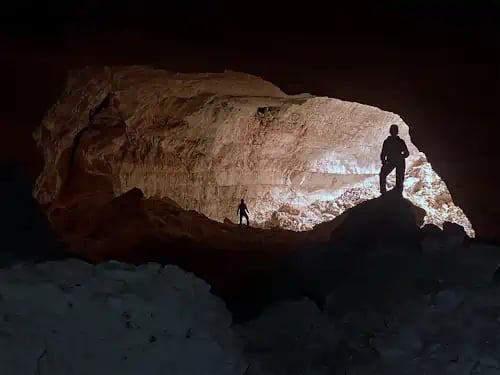

600 recorded plant species and many unique animals
What's the Threat?
Mining companies are very interested in what lies underneath the Nullarbor and both state and federal governments have long facilitated the exploration of Australia's mineral wealth via the National Drilling Programme.
Currently BHP, Red Metal Mining and Diatreme Resources are interested in gold, copper, zircon and nickel. In response to the National Drilling Programme all have significant exploration leases over large areas of the Nullarbor,
These mining activities, if they are found to be financially feasible have the potential to cause significant damage to the Nullarbor.
The global energy giant, InterContinental Energy (ICE), announced a major development for the West Australian side of the Nullarbor in 2021. The development, known as the Western Green Energy Hub, (WGEH), aims to produce a huge 50 gigawatts of green energy, a capacity about 12 times the size of the current West Australian power grid.
This development is not for the production of electricity to help supply the WA power grid, but to produce hydrogen and ammonia, all for export.
The problem is that this development will IRREVERSIBLY DESTROY the ecosystems, the heritage values and the caves found on the biggest piece of arid karst on earth.
Energy for Export
Mining
Let's put the Nullarbor Caves & Karst on the
National and World Heritage Lists
This process will take time and money. The Australian Speleological Federation has committed $10,000 towards the cost of preparing the nomination. Another $20,000 is required and we need your help.
Tax-deductible donations can be made to the ASF’s Nullarbor Campaign via the Karst Conservation Fund.
